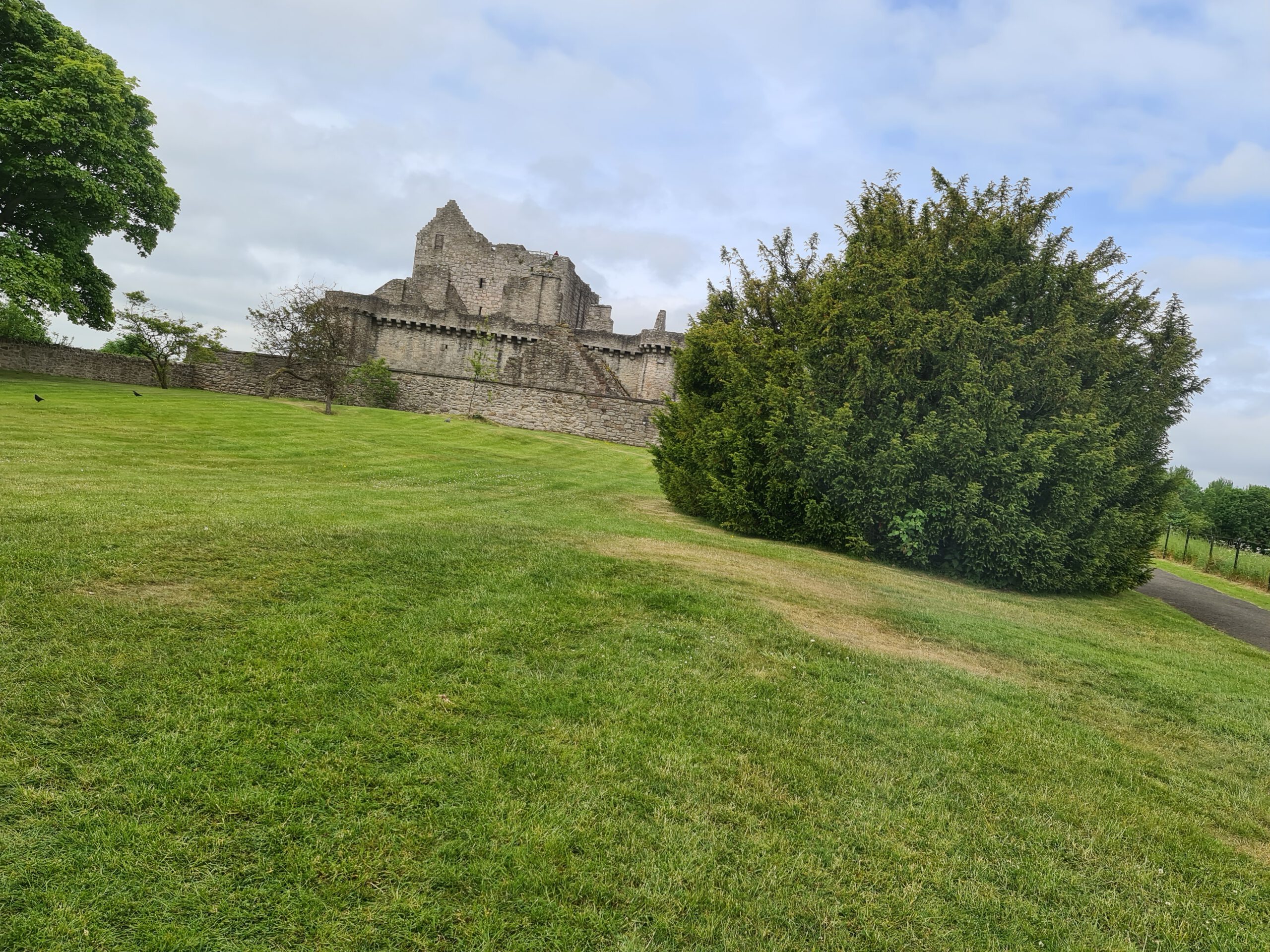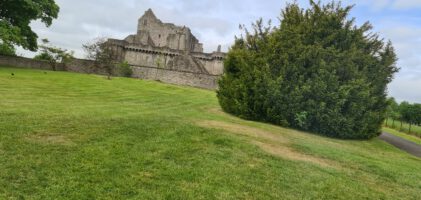Location: near Craigmillar, Edinburgh, Scotland
kind of castle: ruinous 14th century stone castle with courtyard
today: open to the public
public transport: regular buses from Edinburgh City Centre to nearby Craigmillar or Old Dalkeith Road (about 10-minute walk from either of them)
scheduled monument: yes
managed by: Historic Environment Scotland
entrance fee (subject to change): £ 7
opening times (subject to change): April to September – 10am to 5pm; October to March – 10am to 4pm; daily
directions: Craigmillar Castle – Google Maps
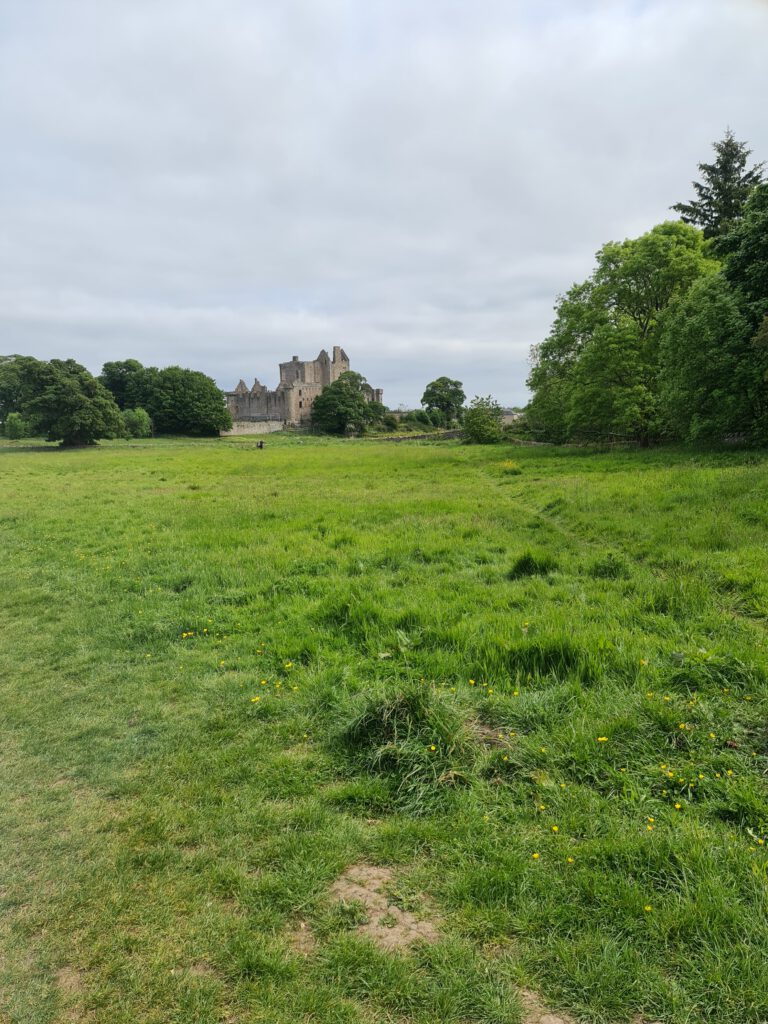
Craigmillar Castle is a very underrated sight in Edinburgh, just 3 miles away from Edinburgh Castle it is often referred to as Edinburgh’s second castle. Famous for its role in movies and series such as Outlaw King or Outlander, the castle today is in a ruinous state but kept safe to visit by Historic Environment of Scotland. The oldest part of the castle is the original tower house, dating back to the 14th century. What can be seen today is the more complicated complex it grew into during the 15th, 16th and 17th century. It is safe to say that each of the owners left his/her/there own mark on the building, improving it on a constant base.

What has to be kept in mind though, is that back in the day, Craigmillar wasn’t as close to being part of Edinburgh as it is today, it was located way outside of the capital and was more of a rural country retreat than a royal palace or a town house like for example Lauriston Castle – A scottish World. The size of the parkland surrounding it might have been bigger than what can still be seen today, but it still is nice to wander around there, they are open to the public regardless of visits to the castle. I personally used the opportunity and left the bus on Old Dalkeith Road and walked to Craigmillar castle through the parkland rather than next to the street, which was a very calming walk and offered views to the castle which you won’t see from the street.
During the 1300s the grounds were granted to the Preston family by King David II in 1342, back then they only received about 2/3 of the estate, the missing part wasn’t granted to the family until 1374 when King Robert II gave the rest of the Craigmillar lands to Sir Simon de Preston, who was Sheriff of Midlothian.
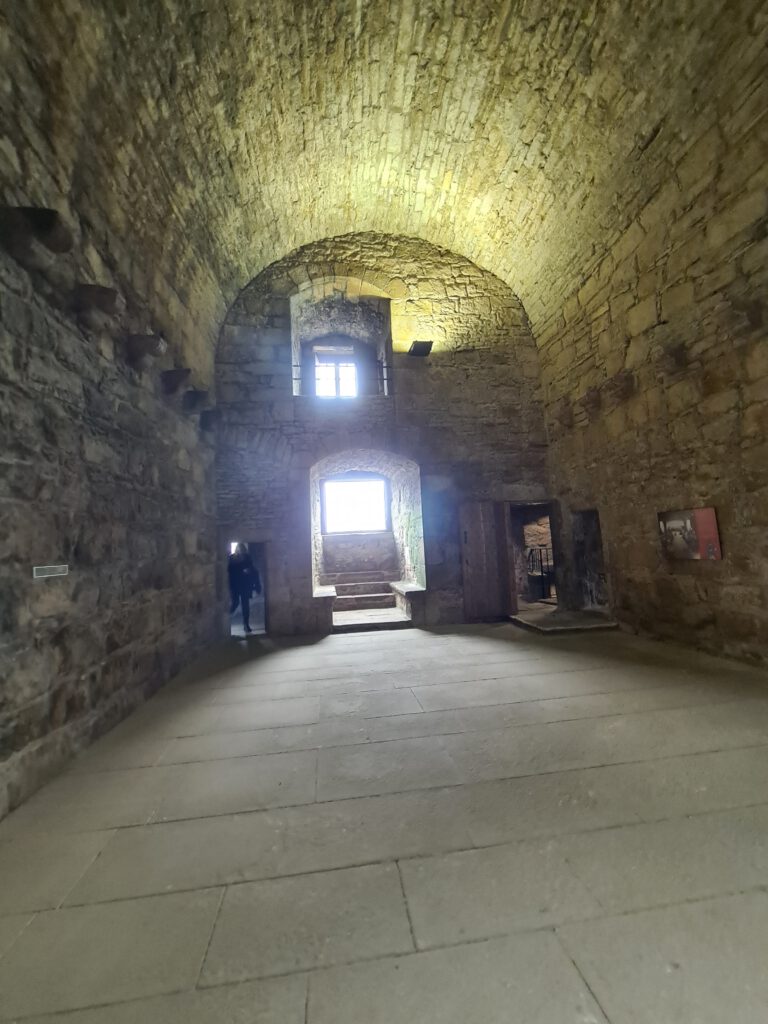
It wasn’t until either Sir Preston’s son, Simon Preston, or his grandson, Sir George Preston, that the building process of the tower house was started. Though it took so long between getting the lands and building the first building, it still makes Craigmillar Castle, or the tower house, one of the oldest of its kind in all of Scotland.
The original part, the tower house, is one of a kind with its wall almost 3m thick and its height of about 17m to the battlements, the tower house is also the part of Craigmillar Castle where the great hall is located.
After the tower house, the courtyard wall with its gunholes, was built by Sir William Preston, who was inspired by his travels to France. William was the one who brought back the arm of Saint Giles and after presenting it to the High Kirk of Edinburgh, which led to the Preston Aisle being named after him.
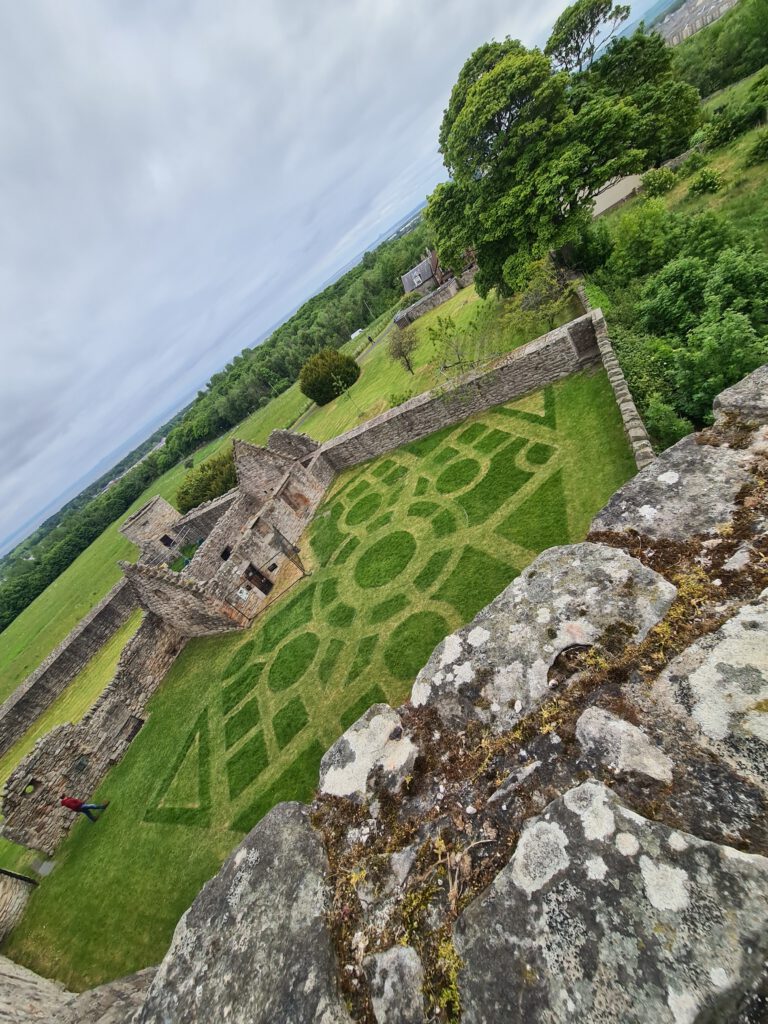
Later dying in suspicious circumstances, the brother of James III was held prisoner at the castle back in 1479, having been accused of practising witchcraft against his brother the king; those were very suspicious times back then.
Inside the previously mentioned courtyard wall there was the private family chapel as well as some other secondary buildings, with the west range being rebuilt after 1660, the new family residence for the Gilmour family.
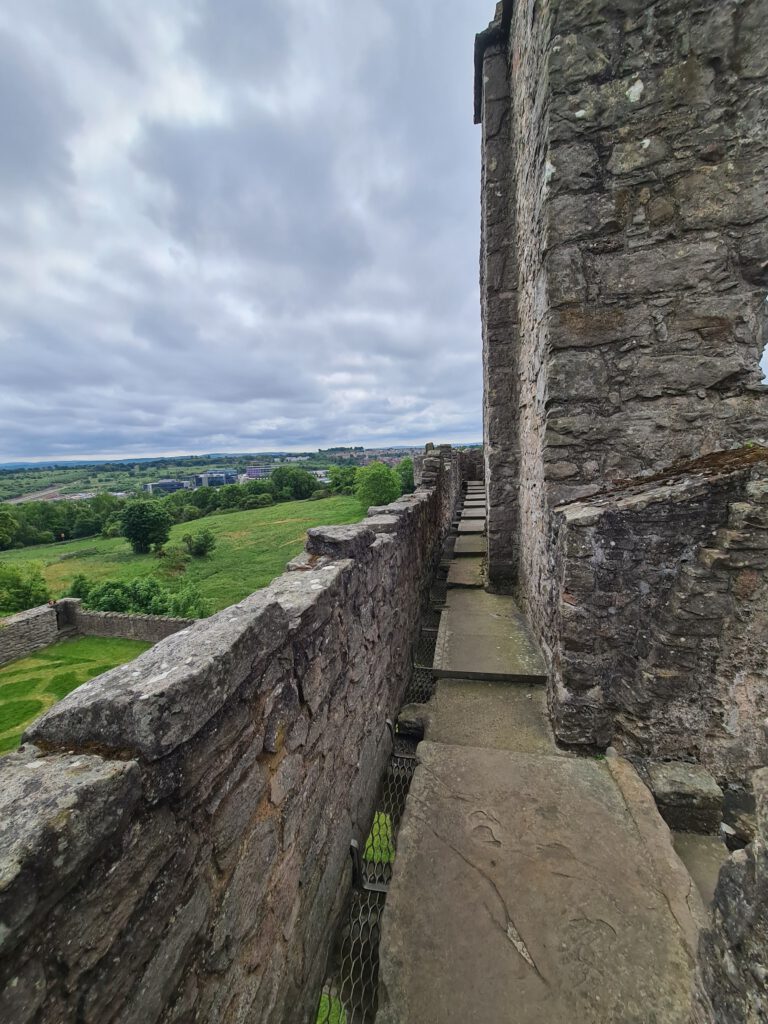
But we are not quite in the 17th century yet, in 1511 Craigmillar was turned into a barony with the outer courtyard being built around that time as well. And then the year came, during an outbreak of the plague in Edinburgh, a king, the infant James V of Scotland was moved to Craigmillar, for safekeeping.
The plague wasn’t the last challenge surrounding Edinburgh and its ‘other castle’, it was followed by a lot but first came the Rough Wooing, battering most of the Lowlands of Scotland, the English burned Craigmillar Castle. Later on, Sir Simon Preston had the castle repaired, serving as Lord Provost and Edinburgh, he was a loyal supporter of Mary Queen of Scots, who appointed him to her Privy Council.
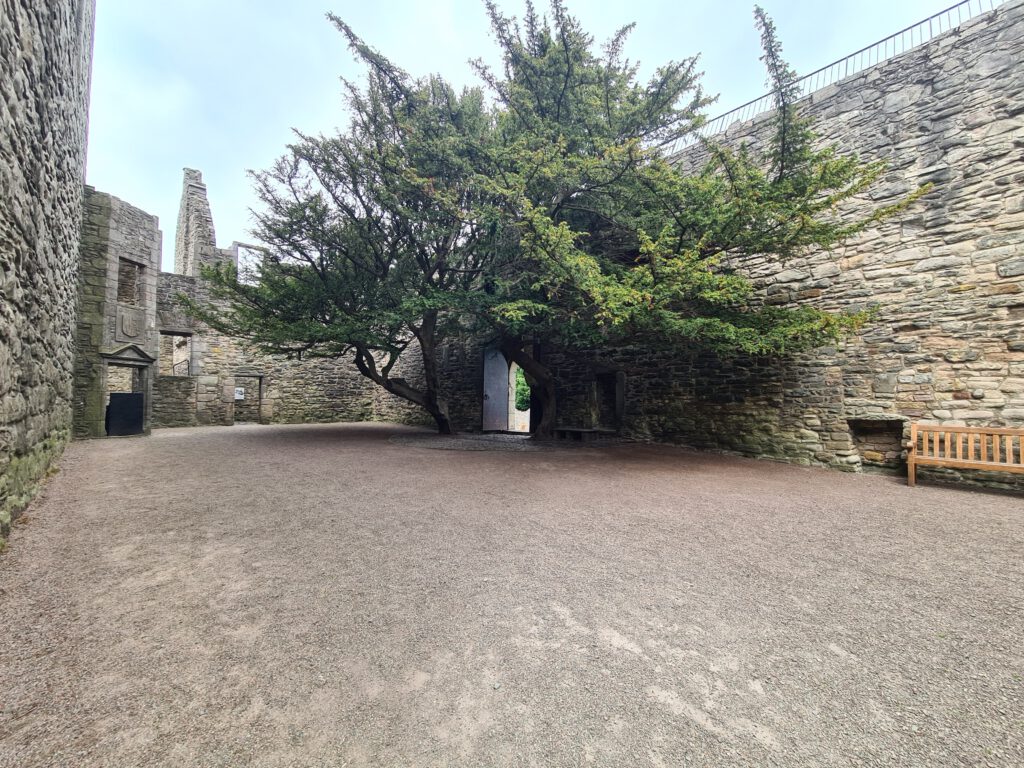
Given this sort of a friendship it is no wonder that Queen Mary stayed at Craigmillar not just once but twice during her reign. Although the second time in 1566 was after the murder of her secretary David Rizzio, it is also said to have been Craigmillar where the murder of Marys second husband Lord Darnley was planned. The original plan was to lodge Lord Darnley at Craigmillar, which he opted, but still he was murdered in February 1567.
After Mary lost her throne the castle saw further action, her supporters lost two soldiers at a gunpowder explosion on the grounds. Following that the Regent Mar used Craigmillar castle as a base while Edinburgh Castle was held by Mary’s supporters. Around this time the stables were built to accommodate a company of light horsemen.
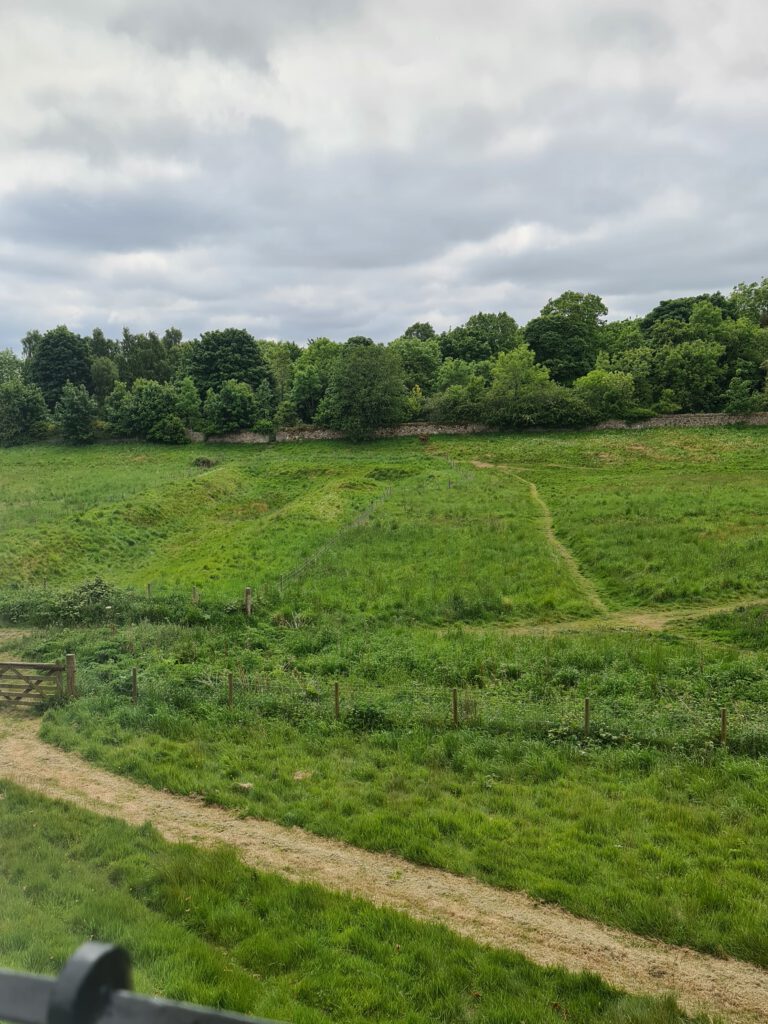
Maybe the craziest part of this was that Mary was later held prisoner in Edinburgh (for the first night before being brought to Lochleven Castle) by her former long term supporter Sir Simon Preston.
Mary’s son visited the castle as a guest of Sir David Preston and it was at the very castle that King James VI decided to sail to Norway to meet his Queen, Anne of Denmark, after her arrival was expected but delayed due to strong winds.
With Sir Robert Preston in 1639 the castle passed through hands a bit, first into the hands of a distant cousin, who later sold the castle to Sir John Gilmour in 1660. Gilmour also purchased the neighbouring estate to which the family later moved.
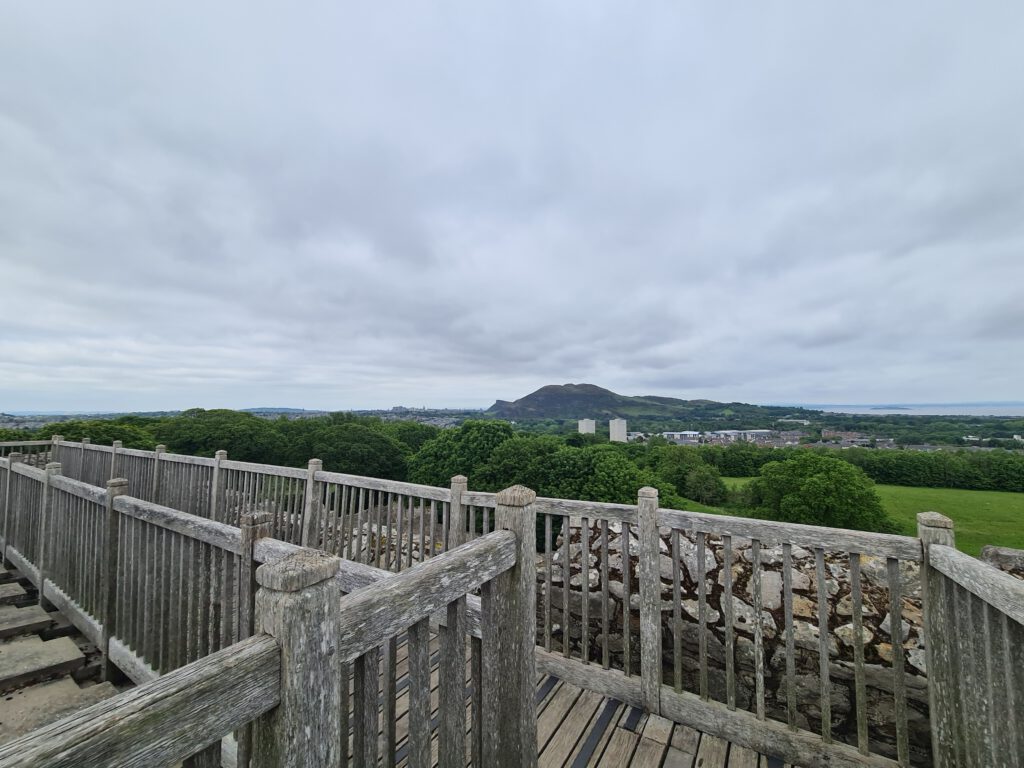
Following the restoration of King Charles II, Gilmour was rewarded, since he had supported him, being a Royalist himself. The reward was him becoming Lord President of the Court of Session in 1661. The Gilmours didn’t stay long in the castle though, they soon moved into Inch House, which is close by on the neighbouring property.
With the Gilmour family leaving the estate, Craigmillar Castle was left to be nothing more but a romantic feature in the wide park of the Inch estate and by 1775 the castle had turned into a ruinous state. During the later years of the 18th century, the tourists came. Attracted by Queen Victoria’s love for Scotland.
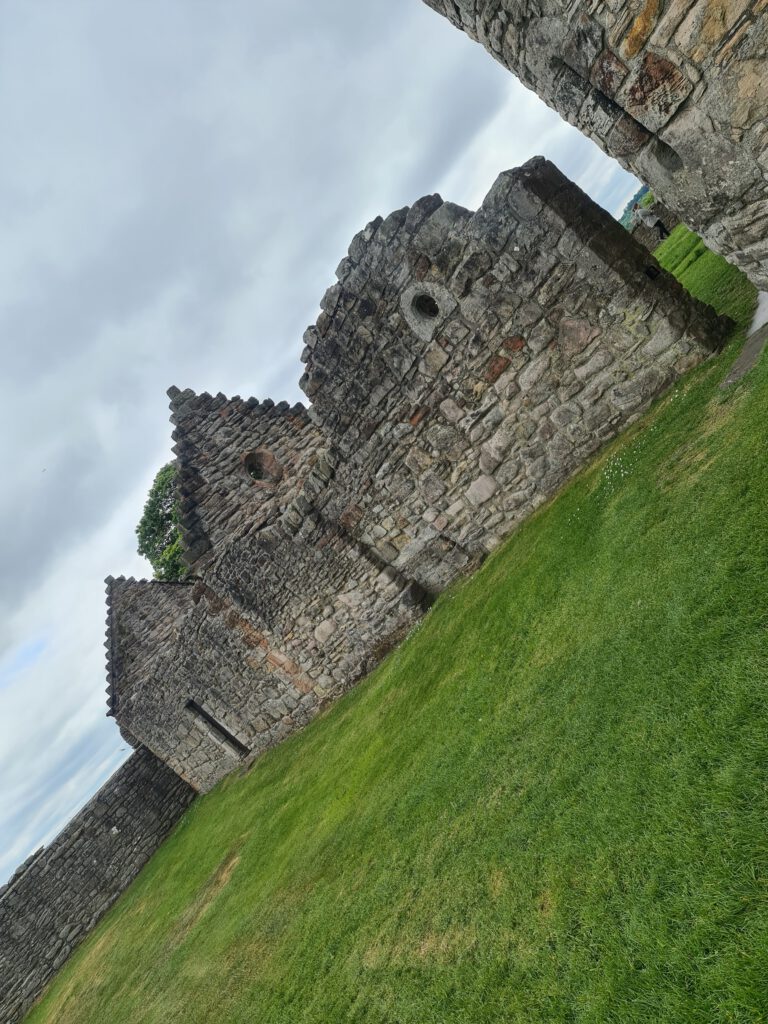
Being drawn by numerous artists it was soon proposed to renovate it to maybe accommodate the Queen, however, that didn’t happen. In 1886 Queen Victoria finally visited the castle and along with this visit went quite a couple of restoration work, 44 years after it was originally proposed, the landlord at the time being Walter James Little Gilmour.
The Gilmours kept the castle up until 1946 when it passed into state care. While it is now under the care of Historic Environment Scotland the castle is a Scheduled Ancient Monument and the grounds are included on the Inventory of Gardens and Designed Landscapes.
Today Craigmillar Castle is one of the best-preserved medieval castles in Scotland from which you can admire city views and have an amazing tie to this very day. Looking at this impressive ruin you can imagine the medieval stronghold it has once been, amazing really.
Another aspect of the grounds that is truly impressive are the outer gardens with a round tower used as a pigeon house, a family chapel which now is a roofless burial aisle for the Gilmour’s (still in use), and a rare P shaped fishpond which goes back to the Preston family owning the castle and grounds. Alongside those things you can find plants and old trees all over the property and as mentioned in the beginning the wider park landscape surrounding the castle in all directions is worth a picnic or just a wander around.
Last but not least we once more come to the dark corner of the history here, in the case of Craigmillar Castle it really is quite a bit, not limited, but including, some supernatural activities. In 1813 for example, a walled-up skeleton was found in one of the vaults, standing upright. Other stories are about a scent of lavender in the great hall and connected to it supernatural activity. And finally, to the maybe most ghostlike activity, there is a ‘Green Lady’ haunting the vicinity, spoken about as the bogle of Queen Mary. One last story suggests that Craigmillar Castle was once (or maybe still is) connected to nearby Peffermill House, by something of an underground passage, with the House and the Castle lying apart from each other about 1km this might be possible, but I guess until this entrance would be found we will never know for sure.
I found my very own ghost inside the castle halls, in form of a fluffy pawed cat walking about the ruin, keeping me company for most of my visit, very lovely fellow.
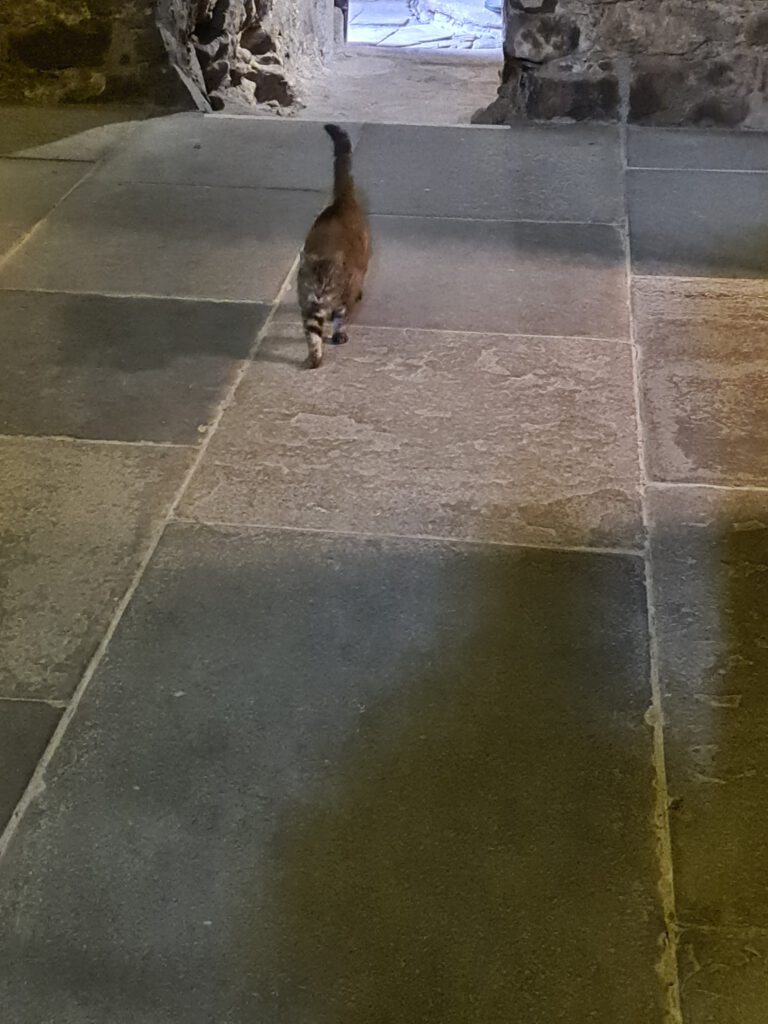
If you spend time in Edinburgh, make sure to pay the less travelled to Castle a visit as well, planning in some time for a picnic on the grounds or in the surrounding parkland. Craigmillar is definitely worth a visit and so close to the city centre, easily reached and opened all year, it is hard to find an excuse to not visit here.
Travel responsible and save, keep your eyes open and follow the guidelines in place. Enjoy Scotland to its fullest.
